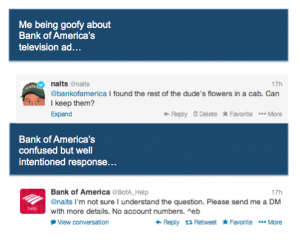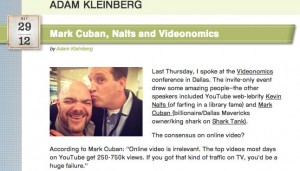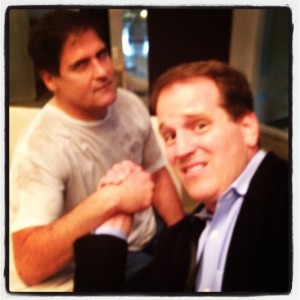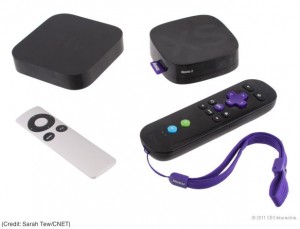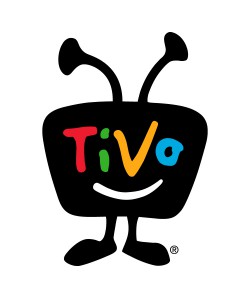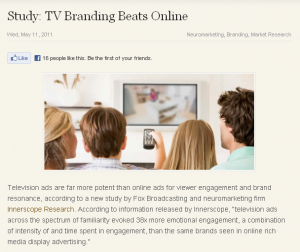 Digiday writer Saya Weissman lists Bank of America in the top-5 brand fails on Twitter, and I just had my own amusing experience with the bank. Today’s lesson for brands is simple: while it can’t hurt to integrate your customer service help desk with your social media efforts, you probably shouldn’t have customer service reps manning the Twitter voice.
Digiday writer Saya Weissman lists Bank of America in the top-5 brand fails on Twitter, and I just had my own amusing experience with the bank. Today’s lesson for brands is simple: while it can’t hurt to integrate your customer service help desk with your social media efforts, you probably shouldn’t have customer service reps manning the Twitter voice.
I’d characterize Bank of America’s Twitter voice as “well intentioned but lacking mental clarity.” But we can’t judge or condemn the bank! It’s kinda like an aging grandmother who may not be completely lucid, but she certainly means no harm.
Weissman’s gave BOA a “fail” because the bank provided a human but robotic response (“we’d be happy to review your account“) to tweets by activist Mark Hamilton (@darthmarkh). Hamilton, of course, wasn’t exactly keen to discuss an account. He had been tweeting about being chased away from a Bank of America by cops… it seems Hamilton had been drawing an anti-foreclosure message on the sidewalk.
My recent experience with the bank was almost as strange. Yesterday I saw that Bank of America television commercial (“Flowers“) featuring a dude bringing his gal a bouquet of flowers. Inexplicably the dude decides just one flower will do, so he leaves the rest in his cab.
My reaction to the ad wasn’t quite “I need to open a Bank of America account.” I was more thinking “I wonder what the next cab passenger thought when he found a bouquet of flowers in an otherwise empty cab?” So I tweeted: “I found the rest of the dude’s flowers in a cab. Can I keep them?” I didn’t expect a response, and frankly I was pleased to have one.
Naturally, my Tweet made absolutely no sense to anyone but me. That’s quite often my MO on Twitter. So we can’t blame Bank of America for asking for account details for clarity, right (“I’m not sure I understand the question… please send me a DM with more detail.” It’s just an odd response that sounds more SIRI than human. The logic appears to be: “when in doubt, a comment about our bank is probably an inquiry to discuss an account.” Hey that’s cool, though. The next time I have a problem with my account… I’ll just tweet something like: “increase my credit by $5K.”
